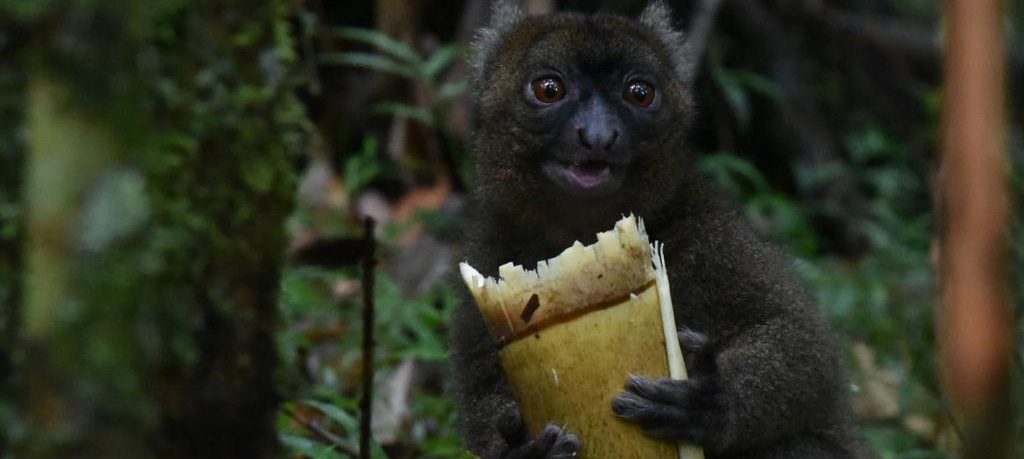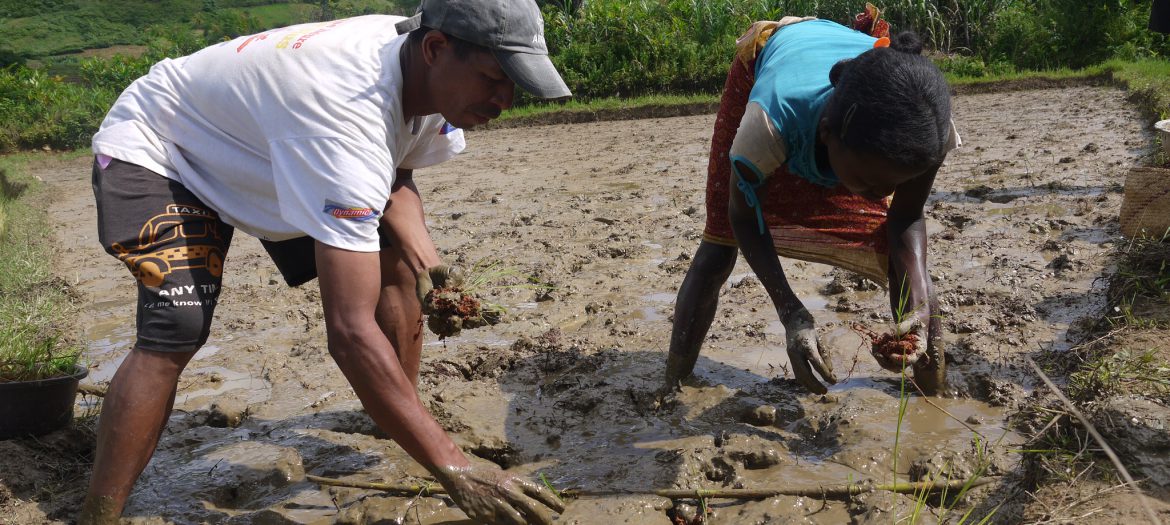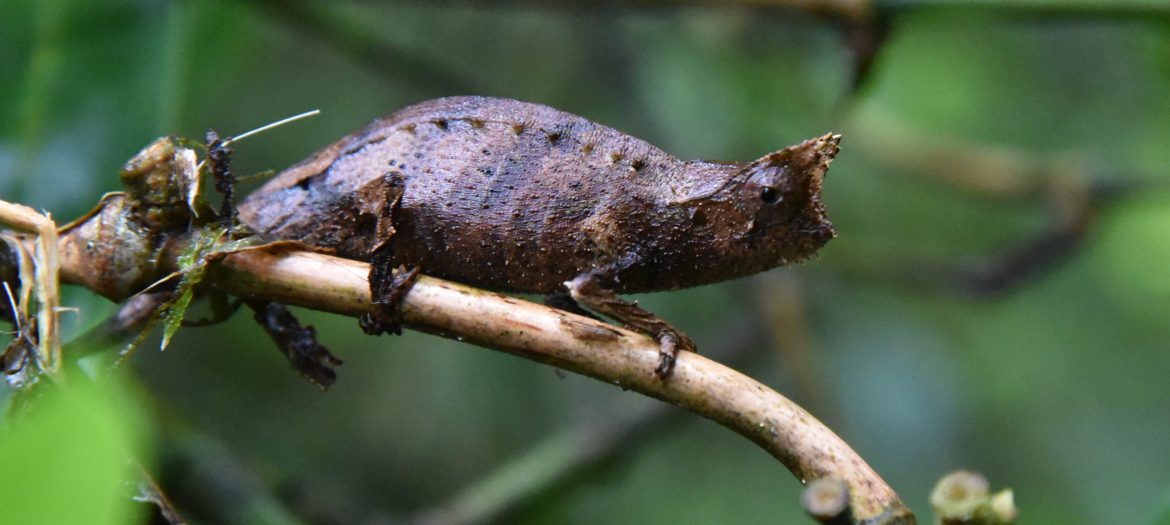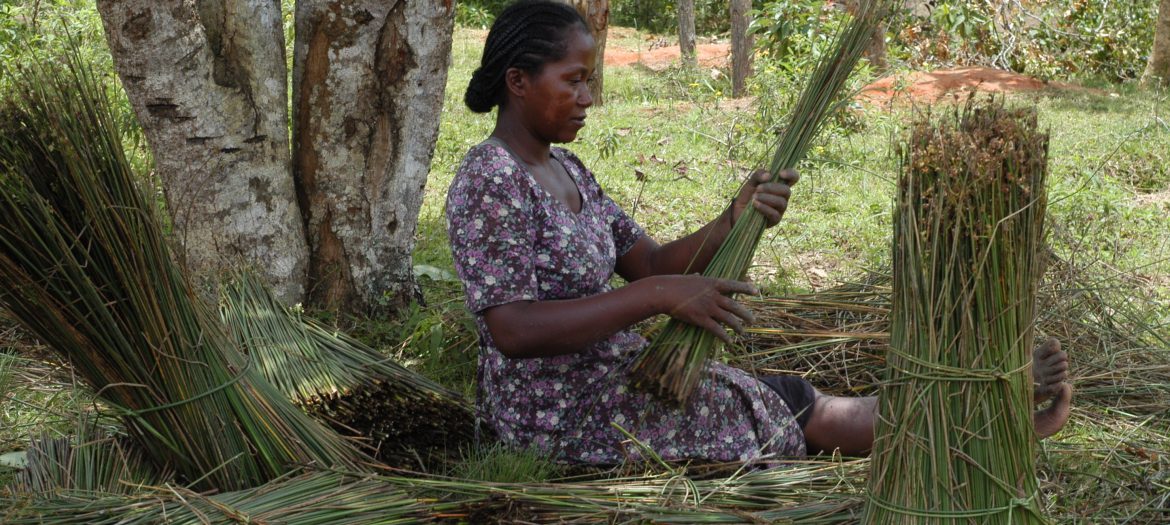Since 2002, Ny Tanintsika has been working in the village of Soatanana, in the Ambohimahazo district of Amoron’i Mania to develop the silk industry. All the women of the village work with silk, transforming silk cocoons into silk floss, and are in charge of spinning, dyeing and weaving the silk. This is a traditional practice which has been passed down from generation to generation. Women in Soatanana collaborate with the community forest management associations (COBA) in the Tapia forests to source silk cocoons. Some women also breed silkworms on mulberry trees. The combination of bred silk with wild silk produces a delicate world-famous product of unique beauty.

Silk processing: the cocoon tissue
Wild cocoons that are collected in the Tapia forests are then subjected to various different treatments:
To begin with, they are soaked in water to increase their volume by 4 or 5 times. Once unravelled, they are dried out in the sun. The dried cocoons are then boiled in soapy water for about half an hour and left to macerate in the pot for four days. It is during this fermentation period that the silk floss is produced. The floss is then cleaned with soap and left to dry. The floss is then beaten with a stick to soften it. A weaver is able to produce 200 grams of yarn a day.
Once the thread has been formed, the women remove the accumulating gum by boiling the thread in soapy water for fifteen minutes and letting it soak for half a day. The thread is then rinsed and left to dry in the shade.

And dyeing?
Craftswomen often dye their string before they weave it. The floss can be dyed to create original designs. The women of Soatanana have become experts in the use of natural dyes for their silk products. They use leaves, bark and plant roots, but The leaves, bark and roots of over 20 different plant species are used to create different colours, the main ones being dark red, yellow, brown, green, orange and black. Each different colour requires a different process; for example, mixing eucalyptus with soil makes black and passion flower is used to make green

Our supports
Prior to Ny Tanintsika’s involvement, the weavers of Soatanana only produced shawls (the famous ‘lambamena’). Since working on the site, Ny Tanintsika and Feedback Madagascar have conducted various programs to improve and develop their silk products, such as training programs, the provision of spinning equipment and weaving pedals, as well as strengthening the organisation of workshop management. Ny Tanintsika has introduced spinning wheels and pedal looms that allow the women to create new and original designs for their products. Currently, the women mainly produce scarves and fabrics sold by the metre.
Two artisan cooperatives have been formed in Soatanana: Tambatra and Firaisankina. More than 300 women weavers have gotten involved. These cooperatives have become major suppliers for speciality silk stores in Ambositra, Antsirabe and in Antananarivo, the capital city of Madagascar. They are able to produce an average of 200 scarves per month. In 2005, Ny Tanintsika and Feedback Madagascar, in partnership with the Mondo Giusto association, helped set up the Voajanahary shop in Ambositra, a shop which only sells silk products produced by female weavers in Soatanana and the surrounding region.
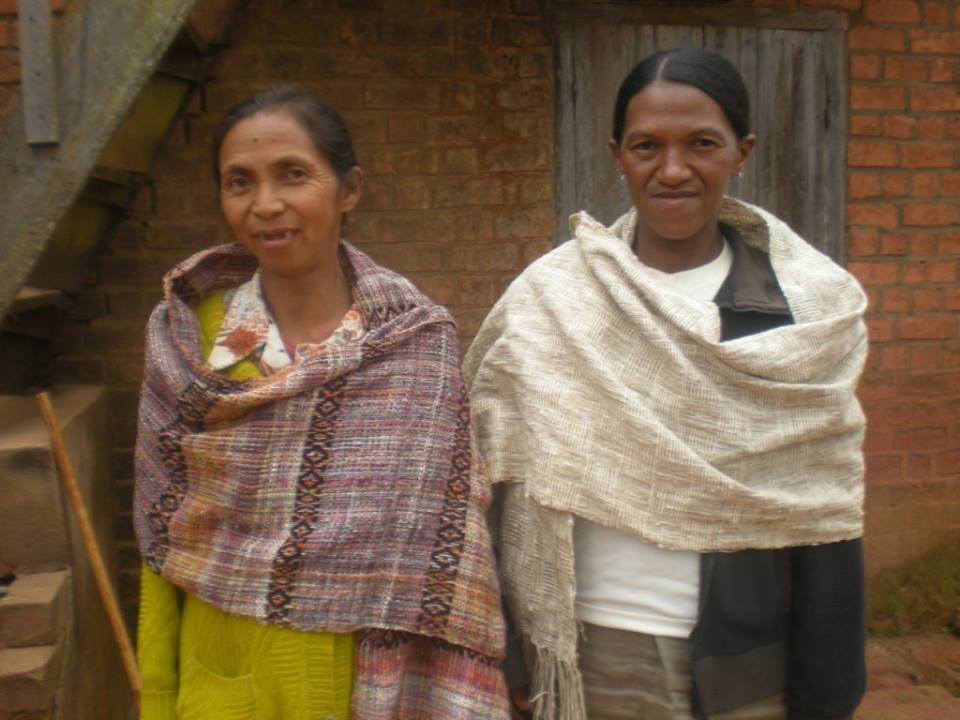
Ny Tanintsika also helps the cooperatives to find international markets to export their products.
Currently, the production of silk supports hundreds of households in the village of Soatanana. It has become the second most important economic activity in the area, after rice cultivation, and is a vital source of income for families. As a result, families are able to afford education for their children, cover house maintenance costs and now have enough money to organise festivities and family rituals in the village.
Ecotourisme
In recent years, the village of Soatanana has become the second most popular tourist destination in the Amoron’i Mania region after Zafimaniry country.




